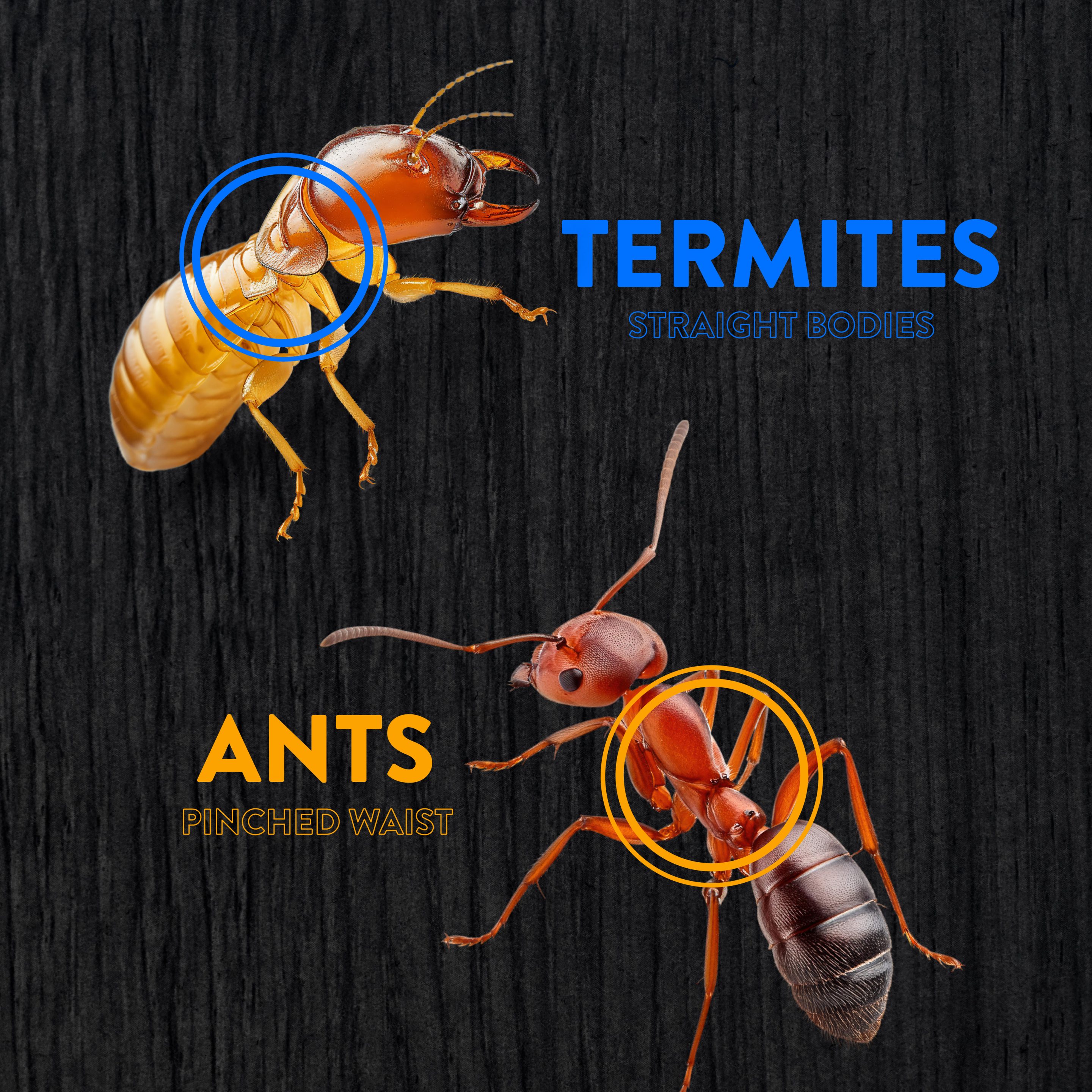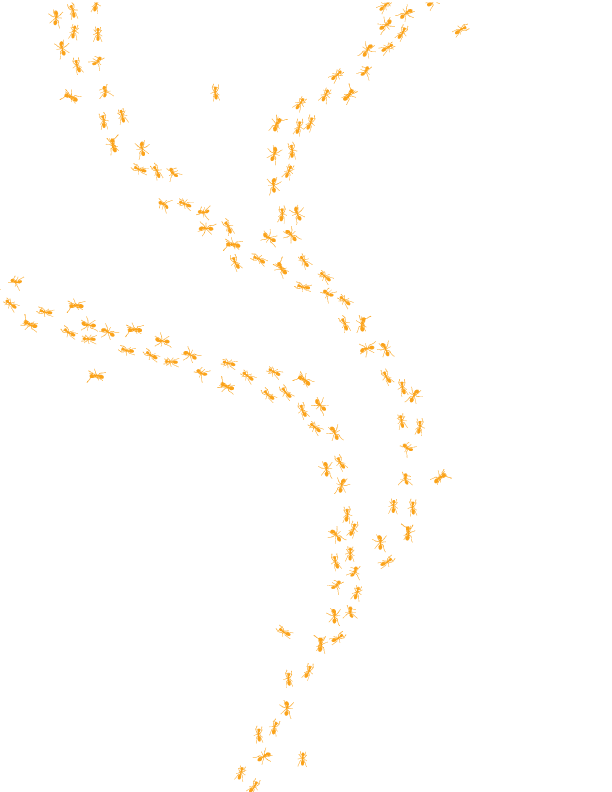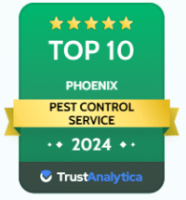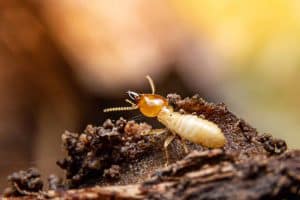In Phoenix, and across Arizona, the relentless struggle against pests is a frequent concern for homeowners, with ants and termites topping the list of problematic intruders. Understanding the distinctions between these two invasive insects is crucial for employing effective treatment strategies and safeguarding our homes. Discover the key differences between ants and termites, from their physical traits to their behaviors, along with expert insights on effective prevention strategies.
Physical Differences
When it comes to telling ants apart from termites, physical characteristics can offer clear indicators. Ants typically have elbowed antennae and a noticeable constriction between their thorax and abdomen, resembling a "pinched waist." Their wings, when present, are different as well; ants have two sets of wings of different lengths.
Termites, on the other hand, have straight antennae and a more uniform body silhouette without a defined waist. Their wings are uniform in length and tend to be twice as long as their body, which helps them swarm during their reproductive phase. This knowledge is especially useful in environments like Phoenix, where both pests are prevalent due to the climate.
Behavioral Patterns
Understanding the behavioral patterns of these pests further aids in differentiation. Ants typically build their nests in various settings, from soil mounds in gardens to spaces within walls or under floors of homes. They are omnivores, feeding on a range of substances including sweets, proteins, and fats, which they tirelessly forage for.
Conversely, termites thrive on cellulose-based materials, making wood and plant matter their main source of sustenance. They create colonies underground or within wooden structures, which can lead to severe structural damage if left unchecked. In Arizona, where wooden constructions are common, the threat termites pose to property cannot be understated.
Signs of Infestation
Recognizing the signs of infestation is critical for early intervention. If you notice small piles of sawdust or mud tubes along your walls, these could be indicators of a termite infestation. Termite damage often goes unnoticed until significant harm has been done to the structure of your home.
Ant infestations, meanwhile, might be signaled by visible trails of ants or nests within your pantry or kitchen areas. Spotting one ant can usually mean there are more nearby due to their colony-based living. Both pests, although different in behavior, necessitate prompt identification and action to prevent exacerbated damage.
Pest Control and Prevention
If you notice signs of an infestation, taking swift action is crucial. Termite damage can be extensive, so contacting a professional for a specialized termite treatment plan is essential. Early detection plays a critical role in minimizing structural damage.
For ants, start by eliminating food and water sources, sealing potential entry points, and keeping your home clean to discourage further activity. Professional pest control can help target the root of the problem with tailored treatments to eliminate colonies effectively.
Protecting Your Home
Understanding the differences between ants and termites is vital for protecting your home from structural damage and infestations. With this knowledge, homeowners in Phoenix, and across Arizona can be vigilant and proactive. If pests become an issue, consulting a professional pest control service is advisable to manage and mitigate potential damage. Remember, early detection and intervention can save considerable cost and effort in the long run.
Common Questions
Which causes more damage: ants or termites?
Termites are typically more destructive due to their wood-consuming habits. Over time, they can significantly weaken the structure of a home. Ants, while more of a nuisance, generally do not cause such severe structural damage as termites.
Can termites and ants coexist in the same area?
Yes, termites and ants can coexist, though they often compete for resources. Certain species of ants, such as carpenter ants, are known to prey on termites, which can affect the dynamics once both infest an area.
For expert tips on maintaining a pest-free home, visit our Learn section. Looking for additional resources? The EPA’s Pest Control Safety for Consumers provides valuable insights on managing pests responsibly and effectively.
Navigating the world of pest control requires both knowledge and strategy. By staying informed and acting swiftly, homeowners can protect their homes from the destructive potential of ants and termites.












